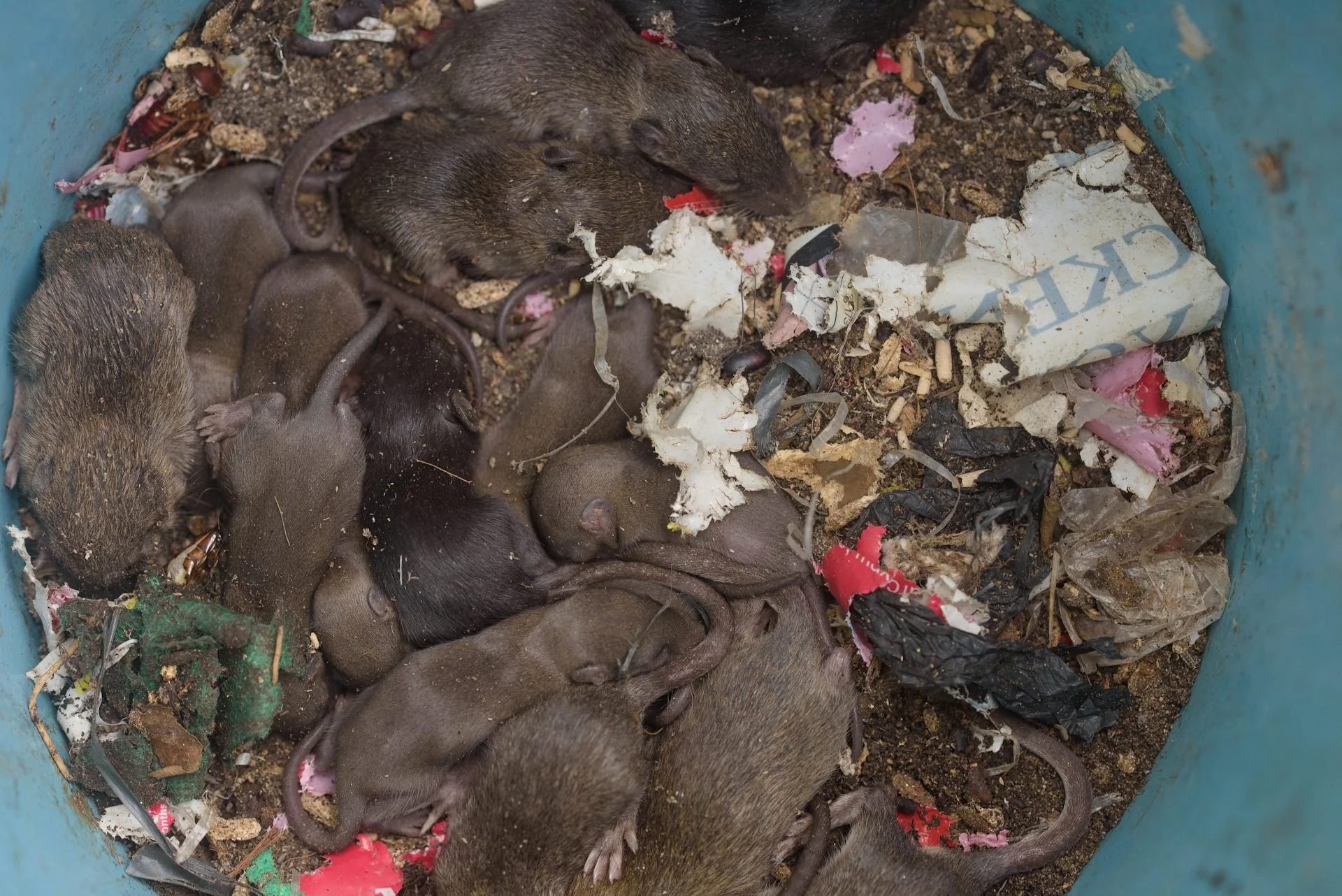
Resources
The OH-HI Science CoLab loves to share and talk about science. Below are media articles, opinion pieces, and publications explaining our research. Stay tuned for updates!
In the News
-

Rat birth control programs may not be the most efficient way to address urban rat infestations
Add citation
-

Changes to U.S. dog import regulations: What they are and why they matter for dogs
Add citation
-

Making visible the invisible: Supporting long COVID patients and the people caring for them
Add citation
In the News
-
Rat birth control programs may not be the most efficient way to address urban rat infestations
August 13 2024. READ.
-
Article Title
Date. Read.
Publications
-
This study explores the health-related quality of life (HRQoL) experienced by patients with Long COVD-19 using data from British Columbia’s post-COVID-19 Recovery Clinics. A retrospective cohort of 3463 patients was analyzed to assess HRQoL through the EQ-5D-5L questionnaire which includes five dimensions (mobility, self-care, usual activities, physical health, and mental health) administered to patients; responses were analyzed using the Visual Analogue Score (VAS). Notably, 95% of participants reported HRQoL scores below 90, with 50% scoring under 60, indicating significant impacts on their well-being. The analysis revealed that HRQoL is significantly influenced by various social determinants of health (SDoH), including age, sex, employment status, and ethnicity, each showing distinct correlations with HRQoL dimensions and overall VAS scores. Specifically, older age was associated with decreased mobility and increased pain/discomfort but less anxiety and depression, highlighting varying impacts across the age spectrum. The study highlights the multifaceted impacts of Long COVID on the lives of patients and underscores the necessity of targeted strategies to improve HRQoL among diverse groups, considering specific SDoH. Such a comprehensive approach could lead to more equitable health outcomes and support the development of tailored public health policies aimed at the recovery and rehabilitation of Long COVID sufferers.
-
Hepatitis E virus (HEV) is a globally distributed pathogen that causes acute hepatitis in people. Recent human cases of HEV arising after contact with urban rats (Rattus spp.) have raised concerns regarding whether rats may be a source of HEV infection. We investigated whether urban Norway rats (Rattus norvegicus) could be a source of HEV in an underserved urban neighborhood of Vancouver, Canada. We found that 15% of rats tested positive for rat HEV, and that HEV status was associated with increasing rat body length and family relationships. Rat HEV isolates were clustered according to their location on either the east or west side of a busy roadway bisecting this neighborhood, suggesting that this street is a barrier to HEV spread. Widespread distribution of HEV among rats in this neighborhood poses potential human health risks, emphasizing the need to reduce close contact of people with rats and their excreta.
-
Anticoagulant rodenticides (ARs) are currently the most common method to control rats in cities, but these compounds also cause morbidity and mortality in non-target wildlife. Little attention has been focused on AR exposure among mesopredators despite their ecological role as scavengers and prey for larger carnivores, thus serving as an important bridge in the biomagnification of rodenticides in food webs. In this study, we sampled liver tissue from raccoons (Procyon lotor; n = 37), skunks (Mephitis mephitis; n = 15), and Virginia opossums (Didelphis virginiana; n = 45) euthanized by pest professionals and brown rats (Rattus norvegicus; n = 101) trapped in alleys in Chicago, USA to evaluate how often these species are exposed to ARs. We tested whether mesopredators had a higher prevalence of ARs and to more AR compounds compared to rats and calculated biomagnification factors (mean concentration in mesopredators/rats) as indicators of biomagnification. Of 93 sampled mesopredators, 100 % were exposed to at least one AR compound, mainly brodifacoum (≥80 %), and 79 % were exposed to multiple AR compounds. We also documented teal stomach contents consistent with the consumption of rat bait and altricial young tested positive to the same AR as their mother, suggesting mammary transfer. Of the 101 rats, 74 % tested positive to at least one AR compound and 32 % were exposed to multiple AR compounds. All mesopredator species had biomagnification factors exceeding 1.00 for brodifacoum (6.57–29.07) and bromadiolone (1.08–4.31). Our results suggest widespread exposure to ARs among urban mesopredators and biomagnification of ARs in mesopredators compared to rats. Policies that limit AR availability to non-target species, such as restricting the sale and use of ARs to licensed professionals in indoor settings, education on alternatives, and more emphasis on waste management may reduce health risks for urban wildlife and people in cities around the world.
-
Livestock are vital to the health and economic stability of communities worldwide. However, infectious diseases threaten both animal and human health due to losses in livestock, decreased production, and transmission of zoonotic diseases. To manage and mitigate these risks, access to livestock vaccines is critical. This is often gendered, with societal and cultural norms influencing barriers to access. Through a scoping review of 49 publications, we describe the gendered dynamics of livestock vaccination in relation to farmers’ perceptions and knowledge about vaccines, access to vaccines and vaccination programs, and the ways in which roles and responsibilities in relation to cultural norms shape and limit women’s decision making power and empowerment to participate in such initiatives. We find that across communities, women face similar barriers to engaging in livestock vaccination programs, but that local context is critical to understanding and addressing these barriers. Within a broader context of the gendered dynamics of vaccination for both human and animal health, we highlight the need for vaccination programs that identify and address inequitable access to vaccines to support community and animal wellbeing as well as resilience to emerging health threats.

